People are exploring the true meaning of “o’clock” and the historical reasons behind dividing a day into 24 hours.
Have you ever stopped to ponder the significance behind the term “o’clock” when telling time?
What Does O’Clock Mean?
The meaning of “O’Clock”
The term “o’clock” comes from the phrase “of the clock.”
It originates from the Middle English expression “o’clokke,” which itself was a shortened form of “of the clock.”
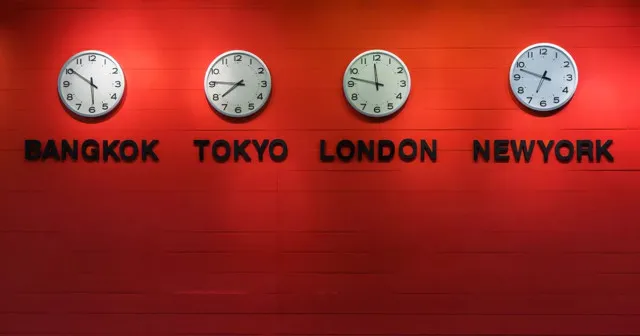
This phrase was used to indicate the time shown on a clock.
When people say “o’clock,” they are referring to the hour shown by the clock, without specifying the minutes.
For example, when someone says “It’s 3 o’clock,” they are referring to the time being exactly on the hour of three, without any additional minutes.
This usage dates back to the 14th century when mechanical clocks began to appear in Europe.
Before this, people used sundials and other methods to measure time, but clocks made it easier to provide a precise hour.
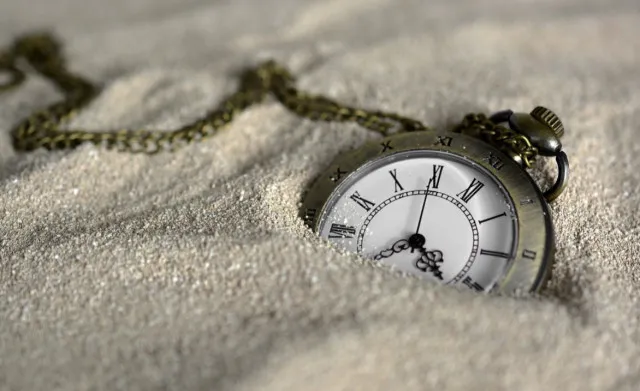
Why do people divide a day into 24 hours?
Dividing the day into 24 hours is a practice that dates back thousands of years.
This system of timekeeping has its roots in ancient civilizations, particularly in ancient Egypt and Mesopotamia.
The reasons for this division are both historical and practical.
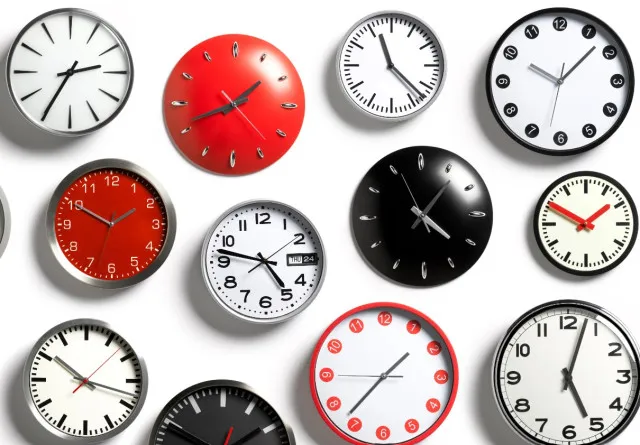
Ancient Egyptian influence
The 24-hour day system originated in ancient Egypt, where they divided the day and night into 12 hours each.
They used sundials during the day and water clocks at night to measure these hours.
The Egyptians chose the number 12 because it was easy to divide using simple fractions, and it was also based on the number of lunar cycles in a year.
The ancient Egyptians counted 12 hours of daylight and 12 hours of darkness, creating a 24-hour cycle.
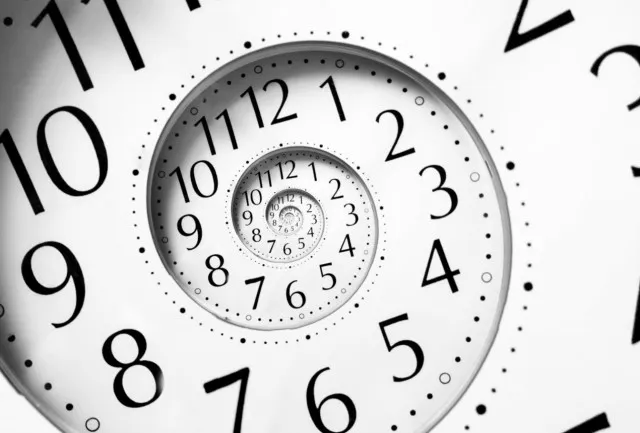
This division was practical and influenced other civilizations.
The use of 12 as a base number continued in various cultures, leading to the widespread adoption of the 24-hour day system.
Roman and Medieval adaptations
The Romans adopted the 12-hour division and added their own adaptations, eventually leading to the 24-hour system we use today.
During the medieval period, mechanical clocks began to appear, which used the 24-hour format to provide a more precise measurement of time.
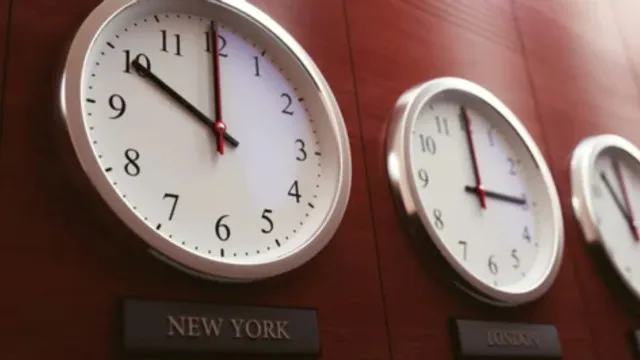
24-hour clock system in modern days
Today, the 24-hour clock system is used worldwide, especially in contexts where precise timekeeping is essential, such as in military, aviation, and international communication.
In contrast, the 12-hour clock system is more commonly used in everyday life, particularly in countries like the United States and Canada.
The 24-hour system avoids the confusion that can arise from the 12-hour clock’s AM and PM designations.
For example, 14:00 on a 24-hour clock clearly indicates 2:00 PM, eliminating any ambiguity.